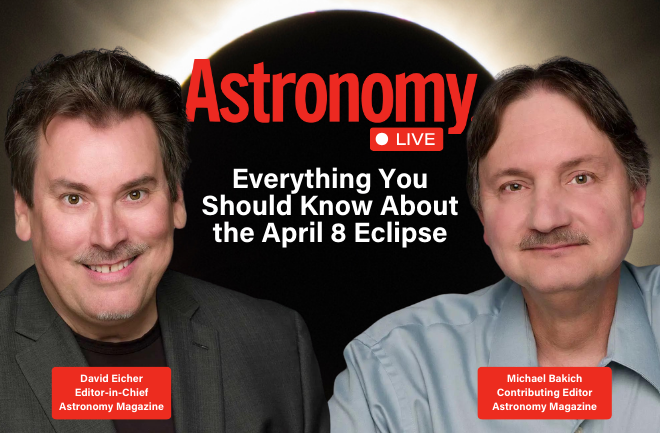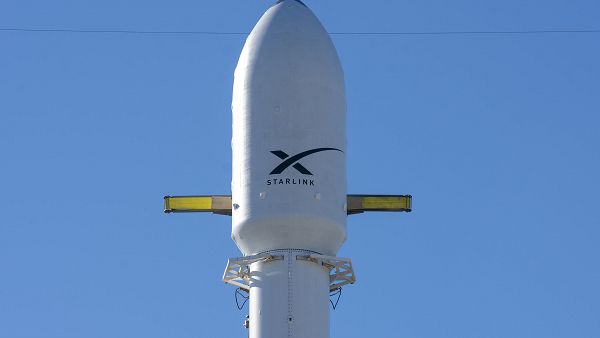A composite image of the Crab nebula features X-rays (blue and white), optical data (purple) and infrared data (pink)
X-ray (IXPE: NASA), (Chandra: NASA/CXC/SAO) Image processing: NASA/CXC/SAO/K. Arcand & L. Frattare
The Crab nebula’s magnetic field has been mapped in more detail than ever before. This churning mass of hot gas and dust is one of the best-studied cosmic objects, but this new map shows it is even more complicated than anyone expected.
Niccolò Bucciantini at the Arcetri Astrophysical Observatory in Italy and his colleagues observed the Crab nebula using the Imaging X-ray Polarimetry Explorer (IXPE), a space telescope designed to examine the polarisation of cosmic X-rays. Polarisation, a measure of the direction in which light waves oscillate, is partially governed by an object’s magnetic field, so measuring it allowed researchers to trace the Crab nebula’s turbulent field.
And turbulent it is, in huge patches that are not symmetrical across the entire nebula. “This is a clear indication that even the more complex models developed in the past, with the use of advanced numerical techniques, do not fully capture the complexity of this object,” said Bucciantini in a statement.
The Crab nebula is a supernova remnant, a cloud of dust and gas left over from the explosion of a star in the year 1054. The explosion also left behind a pulsar – a spinning neutron star with jets of radiation spewing from its poles – at the nebula’s centre.
The area around a pulsar, called the pulsar wind nebula, is extraordinarily chaotic because of the pulsar’s powerful magnetic field, extreme spin and the high-energy radiation it blasts out. Because of the general pandemonium in pulsar wind nebulae, they are not well understood, but the IXPE images helped to unravel the Crab pulsar’s surroundings.
The researchers found pockets of “micro-turbulence” that didn’t correlate at all with changes in the nebula’s brightness, along with variation in the polarisation structure over time as the shocks from the pulsar accelerate particles to near the speed of light. The radiation from the pulsar itself also appeared to be almost completely unpolarised, which was unexpected.
Researchers knew that the Crab nebula was complex, but it seems to be even more complicated than expected, most likely because of the turbulent patches that are difficult to explain and even harder to simulate. New models of the Crab nebula will have to take these X-ray measurements into account – and new observations will be needed to try to explain the turmoil at the heart of the nebula.
Topics:














